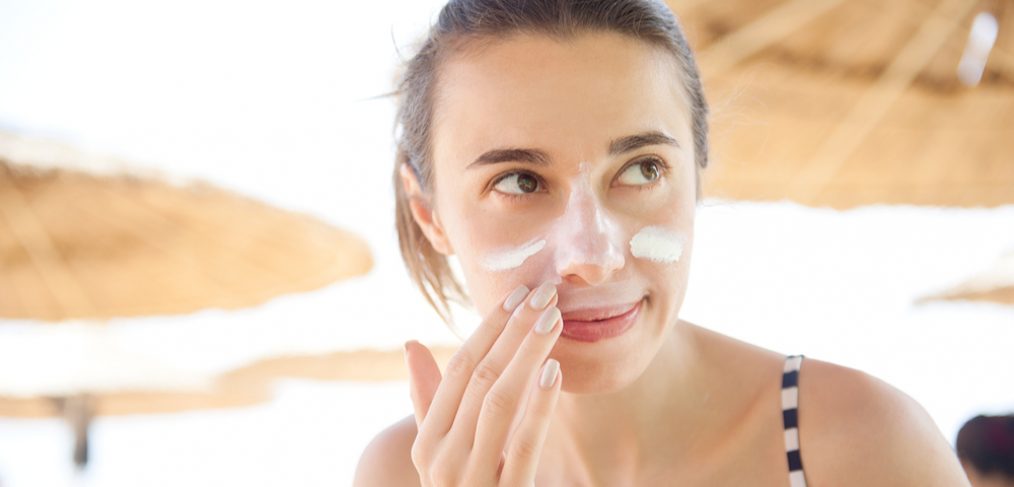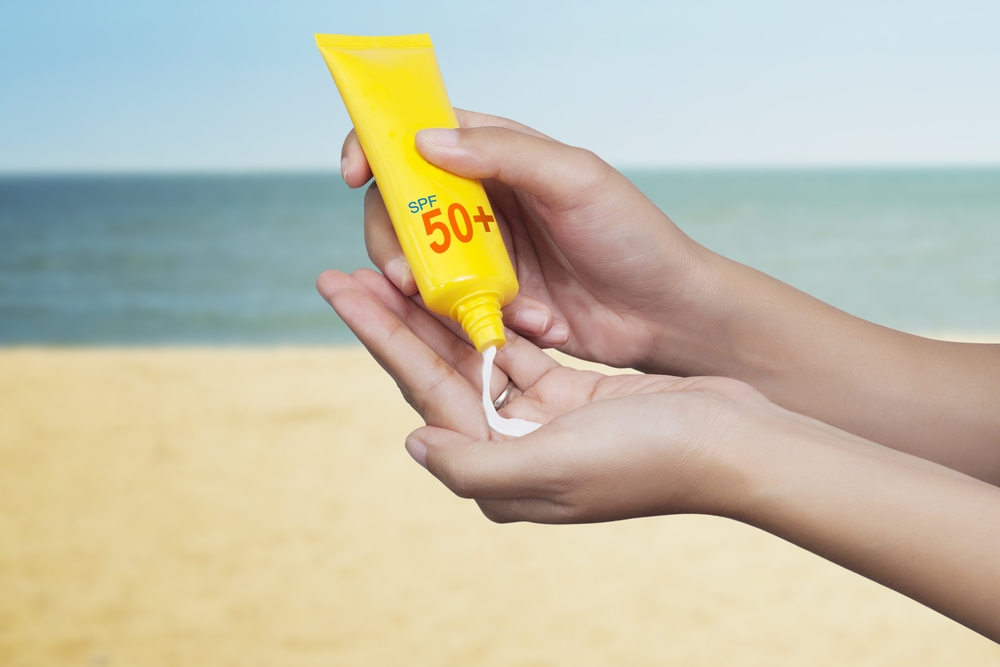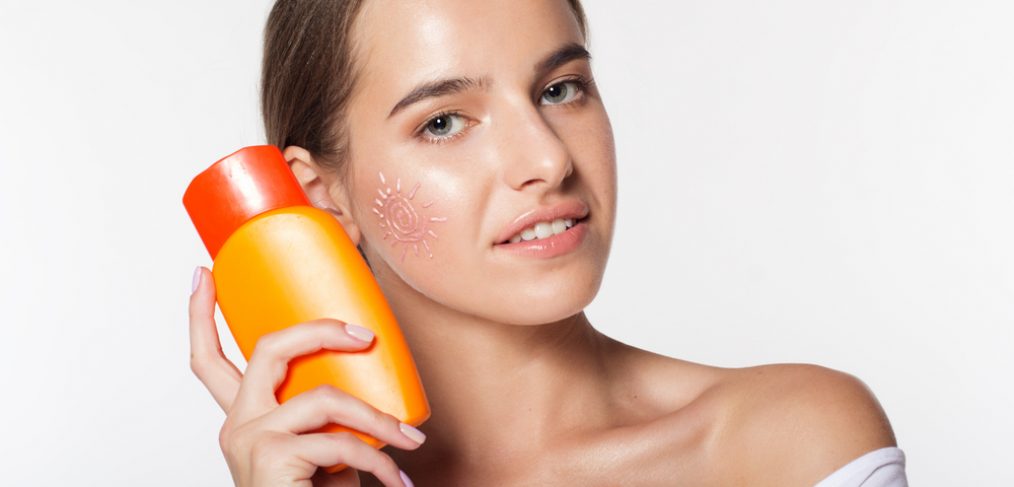When you shop for sunscreens, you’ve probably noticed products available with SPFs ranging from 15 to 100. You would think an SPF of 100 would be more effective than one of 15, but it’s not as simple as that. So, what exactly do all these numbers mean?
SPF refers to a sunscreen’s ability to block UVB rays, but not UVA rays. UVB rays cause sunburns while UVA rays are more closely linked to deeper skin damage. Both kinds of rays can contribute to skin cancer. The SPF rates measure the amount of time it would take for you to sunburn without sunscreen as opposed to the amount of time it would take you to burn with the sunscreen on. But Florida dermatologist. James M. Spencer, MD, explains, “SPF is not a consumer friendly number. It is logical for someone to think than an SPF of 30 is twice as good as an SPF of 15, but that’s not how it works.”
Spencer further explains that SPF 15 will block about 94% of UVB rays while an SPF 30 blocks 97% and an SPF 45 blocks about 98%. “After that it just gets silly,” says Spencer. Doctors like Farah Ahmed, general counsel for the cosmetics industry group Personal Care Products Council, tends to agree, but adds that high SPF products may protect better against long term skin damage and exposure related skin cancers. Generally, an SPF of 30 is recommended.
Dr. Steven Q Wang, MD and director of dermatologic surgery and dermatology at Memorial Sloan-Kettering Cancer Center, points out ways in which using sunscreens with a higher SPF can even have negative effects. Since SPF protects against UVB rays only, and UVB rays are responsible for sunburn, individuals may not burn while using these sunscreens. However, this does not mean they are not susceptible to damage from UVA rays which cause premature aging. To these lengths, Europe and Australia have adopted UVA testing guidelines and measurement standards and capped the SPF of sunscreens at 50. The U.S. Food and Drug Association may follow suit.
Wang also points out that people who are wearing an SPF of 50 or higher, may adopt a false sense of security and may stay out in the sun longer. They may not make wise choices like seeking shade or wearing sun protective clothing. Sun damage can take place even if skin is not becoming tan or reddening.
No matter what produce you choose, water resistant sunscreen should be applied liberally a half hour before you go outdoors and should be reapplied every two hours or after you are swimming or sweating. Look for broad spectrum sunscreens with ingredients like zinc oxide and titanium dioxide, which are less likely to wash off and effectively protect against both UVA and UVB rays. Avoid avobenzone products which are not stable and oxybenzone, which is absorbed into your skin and has demonstrated to be a hormone disruptor.
So, what’s your number? Let us know in the comments section below!







